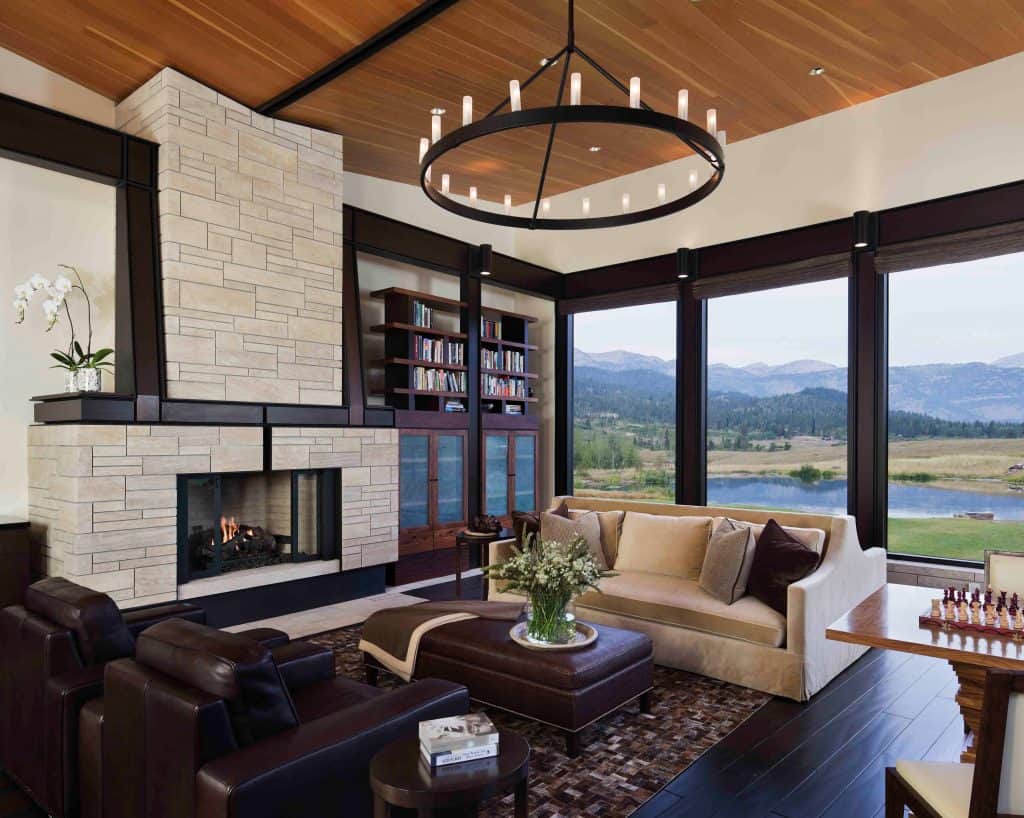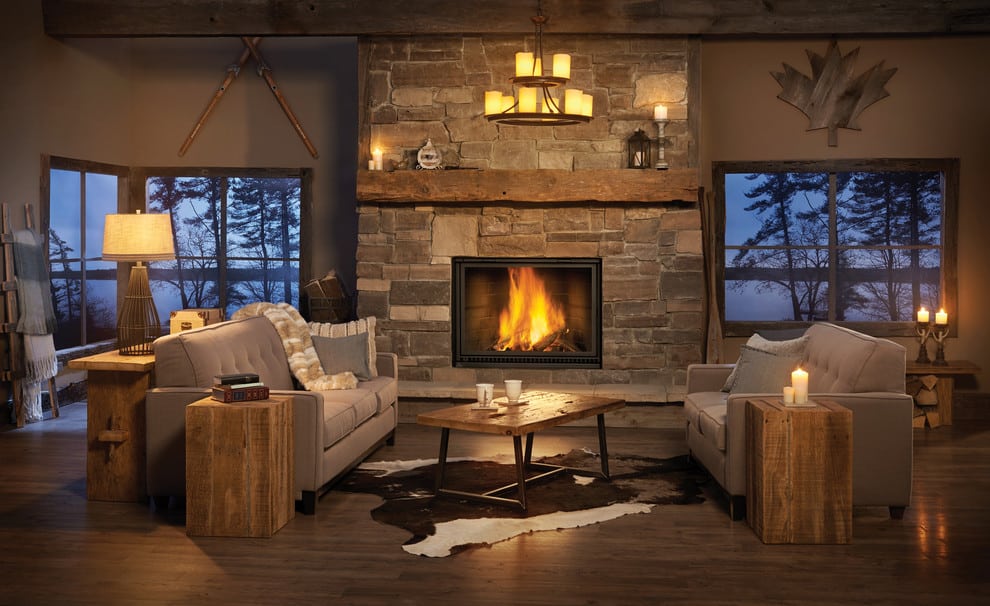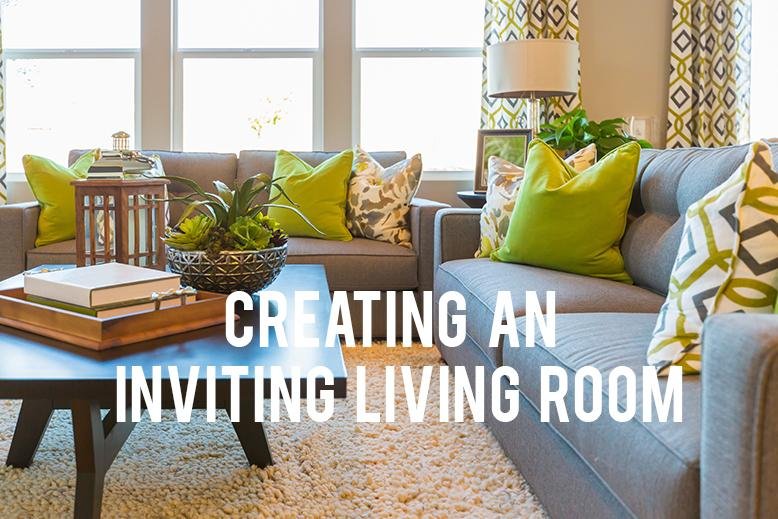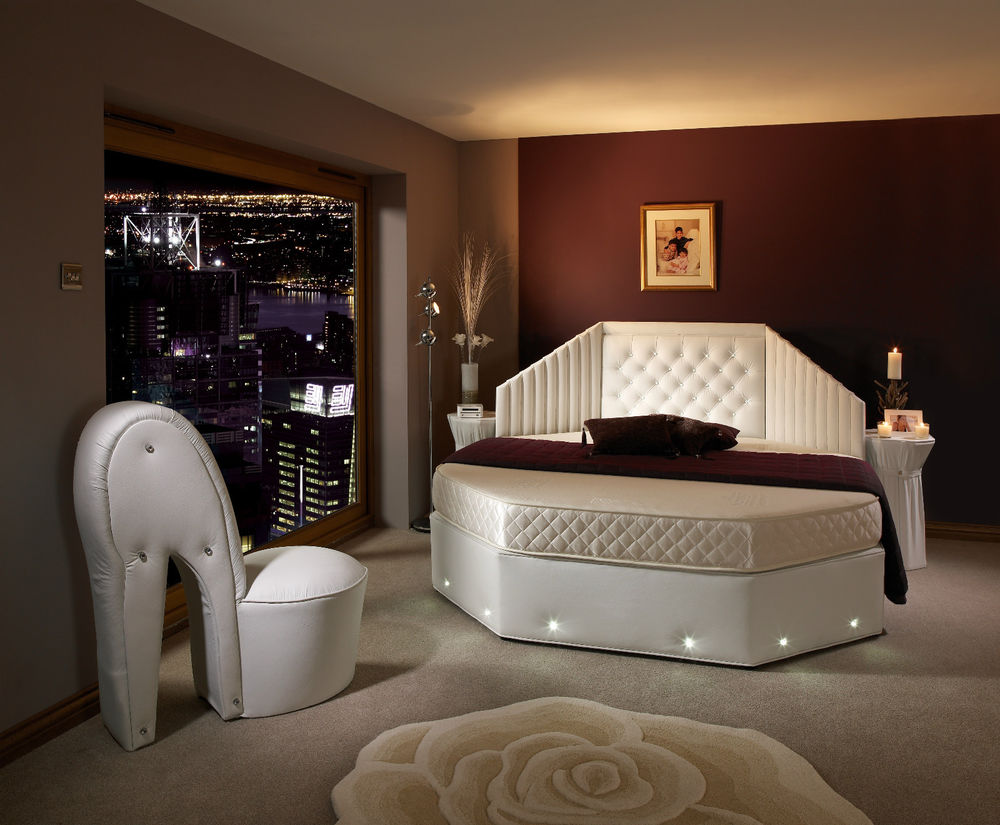Gestalt psychology, also known as the psychology of perception, is a theory that focuses on how humans perceive and interpret the world around them. This theory can be applied to various aspects of our lives, including interior design. In this article, we will explore the top 10 main examples of Gestalt psychology in living room design, and how you can use these principles to create a harmonious and aesthetically pleasing space in your home.Gestalt Principles in Living Room Design
One of the fundamental principles of Gestalt psychology is the idea that the whole is greater than the sum of its parts. This is especially relevant when it comes to designing a living room layout. Instead of focusing on individual pieces of furniture, consider the overall flow and function of the room. Focal points such as a fireplace, large window, or television can help anchor the room and create a sense of balance and cohesion.Applying Gestalt Psychology to Living Room Layout
Gestalt psychology also emphasizes the importance of proximity and similarity. When arranging decor in your living room, group similar items together to create a sense of unity. This could be a collection of vases, family photos, or decorative objects. Additionally, consider the color contrast between these items and the surrounding space to make them stand out.Gestalt Theory and Living Room Decor
The principle of balance is crucial in living room design. Balance can be achieved in different ways, such as through symmetry or asymmetry. Symmetrical balance is when two sides of a room mirror each other, while asymmetrical balance is when elements are placed in an uneven but visually appealing way. Experiment with different layouts to find what works best for your living room.Creating Balance and Harmony in Your Living Room Using Gestalt Principles
Gestalt psychology also emphasizes the concept of closure, which is our tendency to mentally complete incomplete shapes or patterns. You can use this principle to your advantage in a small living room by strategically placing furniture and decor to create a sense of visual continuity and make the space feel larger. For example, placing a rug under a coffee table can help define the seating area and make the room feel more cohesive.Maximizing Space and Functionality in Your Living Room with Gestalt Psychology
A focal point is a dominant element in a room that immediately draws the eye. This could be a statement piece of furniture, a bold piece of artwork, or a large window with a stunning view. To create a focal point in your living room, use the principles of contrast and isolation. For example, a brightly colored accent wall in an otherwise neutral room can serve as a powerful focal point.Using Gestalt Principles to Create a Focal Point in Your Living Room
Color plays a crucial role in living room design. Gestalt psychology teaches us that similar colors tend to be perceived as a group, while contrasting colors stand out from each other. When choosing a color scheme for your living room, consider the emotional impact of different colors and how they can influence the mood of the space. For example, warm colors such as red and orange can create a cozy and inviting atmosphere, while cool colors like blue and green can promote a sense of calmness and relaxation.Incorporating Gestalt Psychology into Your Living Room Color Scheme
Another important aspect of living room design is the arrangement of furniture. Gestalt psychology teaches us that objects that are close together tend to be perceived as a group, while objects that are further apart are perceived as separate. This principle can be applied when arranging furniture in your living room. Group furniture together to create a sense of intimacy, and leave enough space between pieces to allow for visual breathing room.Arranging Furniture in Your Living Room According to Gestalt Principles
Creating a sense of continuity and flow is essential in living room design. Gestalt psychology emphasizes the importance of connectedness, where elements that are close together are perceived as belonging together. To improve the flow of your living room, consider the placement of doors and windows, and how they can affect the visual connection between different areas of the room. You can also use elements such as rugs or lighting to create a sense of pathway and guide the eye through the space.How Gestalt Psychology Can Improve the Flow of Your Living Room
Lastly, Gestalt psychology can help you create a living room that is not only visually appealing but also feels comfortable and inviting. The principles of closure and proximity can be used to create a sense of intimacy and coziness in your living room. Consider using soft, plush textiles, warm lighting, and comfortable seating to make your living room a welcoming and relaxing space. In conclusion, Gestalt psychology offers valuable insights into how we perceive and interpret our surroundings, which can be applied to living room design. By incorporating these principles into your living room, you can create a space that is not only aesthetically pleasing but also functional and harmonious. Experiment with different layouts, colors, and decor to find what works best for your living room, and don't be afraid to think outside the box and let your creativity shine.Creating a Cozy and Inviting Living Room with Gestalt Principles
The Power of Gestalt Psychology in Interior Design

Creating Balance and Harmony
 When it comes to designing a living room, there are many factors to consider such as furniture placement, color scheme, and lighting. However, one important aspect that is often overlooked is the use of Gestalt psychology principles.
Gestalt psychology
is a theory that focuses on how our brains perceive and interpret visual information. In the context of interior design, it can help us understand how to create a sense of balance and harmony in a living room.
When it comes to designing a living room, there are many factors to consider such as furniture placement, color scheme, and lighting. However, one important aspect that is often overlooked is the use of Gestalt psychology principles.
Gestalt psychology
is a theory that focuses on how our brains perceive and interpret visual information. In the context of interior design, it can help us understand how to create a sense of balance and harmony in a living room.
The Whole is Greater than the Sum of its Parts
 Gestalt psychology
teaches us that our brains tend to organize and interpret visual stimuli as a whole, rather than individual parts. This means that in a living room, we should consider the overall look and feel of the space, rather than just focusing on each individual piece of furniture or decor. For example, if you have a large sofa in one corner of the room, you can balance out the space by placing a smaller armchair and side table in the opposite corner. This creates a sense of
symmetry
and harmony in the room, which is pleasing to the eye.
Gestalt psychology
teaches us that our brains tend to organize and interpret visual stimuli as a whole, rather than individual parts. This means that in a living room, we should consider the overall look and feel of the space, rather than just focusing on each individual piece of furniture or decor. For example, if you have a large sofa in one corner of the room, you can balance out the space by placing a smaller armchair and side table in the opposite corner. This creates a sense of
symmetry
and harmony in the room, which is pleasing to the eye.
Contrast and Proximity
 Another important principle of Gestalt psychology is
contrast
. This refers to the difference between elements in a design. In a living room, you can create contrast by using different textures, colors, and shapes. For instance, if you have a neutral colored sofa, you can add a brightly colored throw pillow or a patterned rug to create contrast and add visual interest.
Proximity
also plays a role in creating a cohesive design. Grouping similar items together, such as a collection of vases or a set of framed photos, can create a sense of unity and balance in the room.
Another important principle of Gestalt psychology is
contrast
. This refers to the difference between elements in a design. In a living room, you can create contrast by using different textures, colors, and shapes. For instance, if you have a neutral colored sofa, you can add a brightly colored throw pillow or a patterned rug to create contrast and add visual interest.
Proximity
also plays a role in creating a cohesive design. Grouping similar items together, such as a collection of vases or a set of framed photos, can create a sense of unity and balance in the room.
The Role of Lighting
 Incorporating
lighting
into your living room design is also crucial in creating a sense of balance and harmony. Lighting can help draw the eye to certain areas of the room and create a focal point. For example, a statement chandelier above the coffee table can serve as a visual anchor and balance out the space. Additionally, using a combination of ambient, task, and accent lighting can add depth and dimension to the room, making it more visually appealing.
Incorporating
lighting
into your living room design is also crucial in creating a sense of balance and harmony. Lighting can help draw the eye to certain areas of the room and create a focal point. For example, a statement chandelier above the coffee table can serve as a visual anchor and balance out the space. Additionally, using a combination of ambient, task, and accent lighting can add depth and dimension to the room, making it more visually appealing.
In conclusion, Gestalt psychology can serve as a powerful tool in creating a well-designed living room. By understanding how our brains perceive and interpret visual information, we can use principles such as balance, contrast, and proximity to create a harmonious and visually appealing space. So the next time you're designing your living room, don't forget to consider the power of Gestalt psychology.



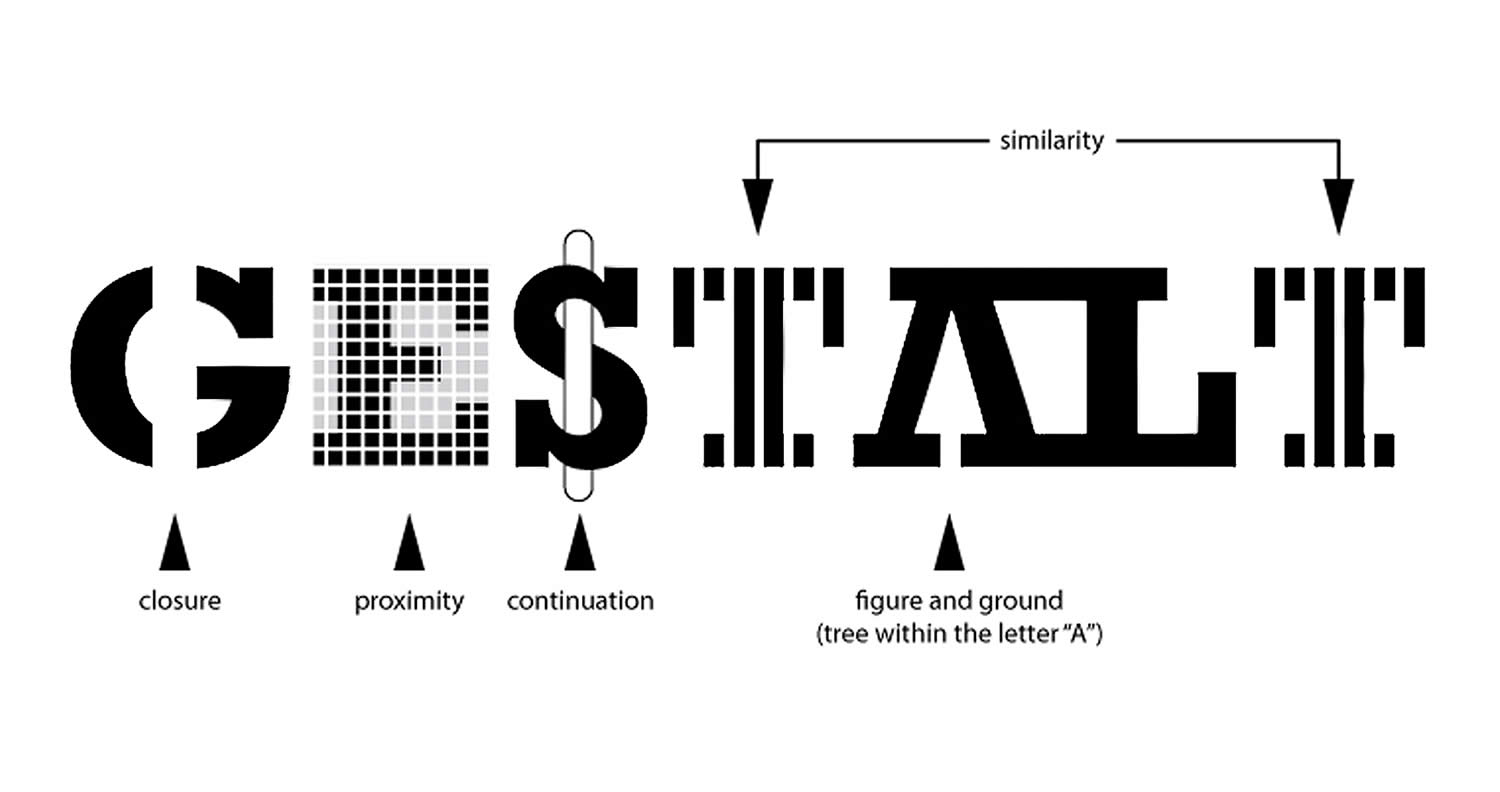
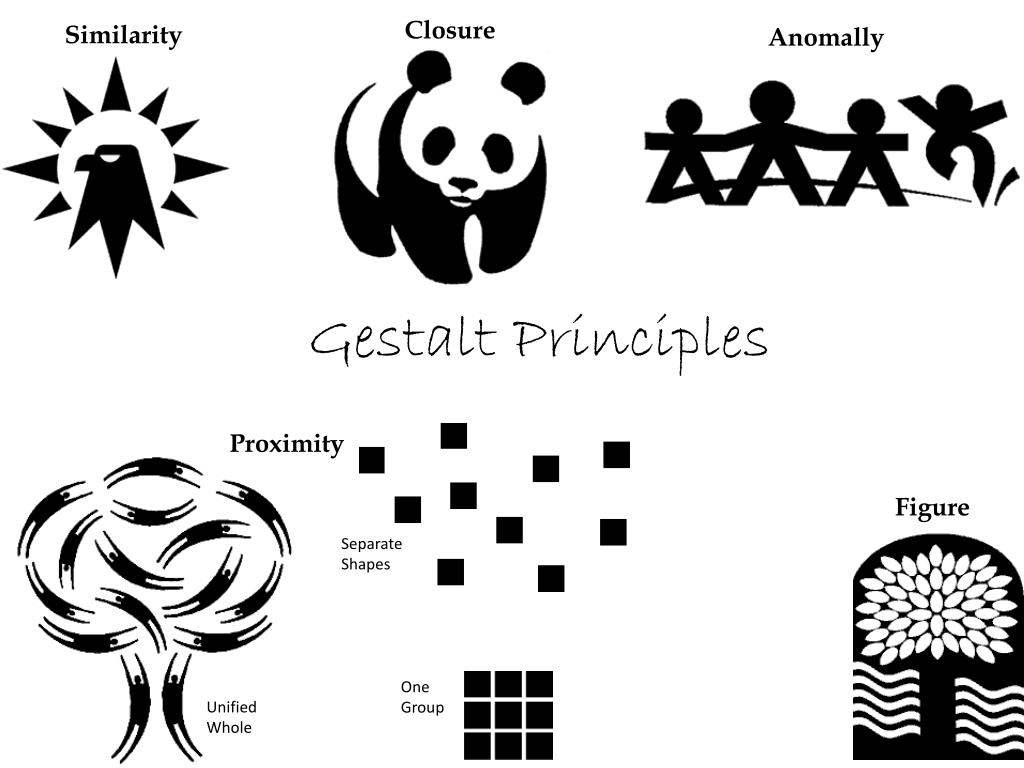
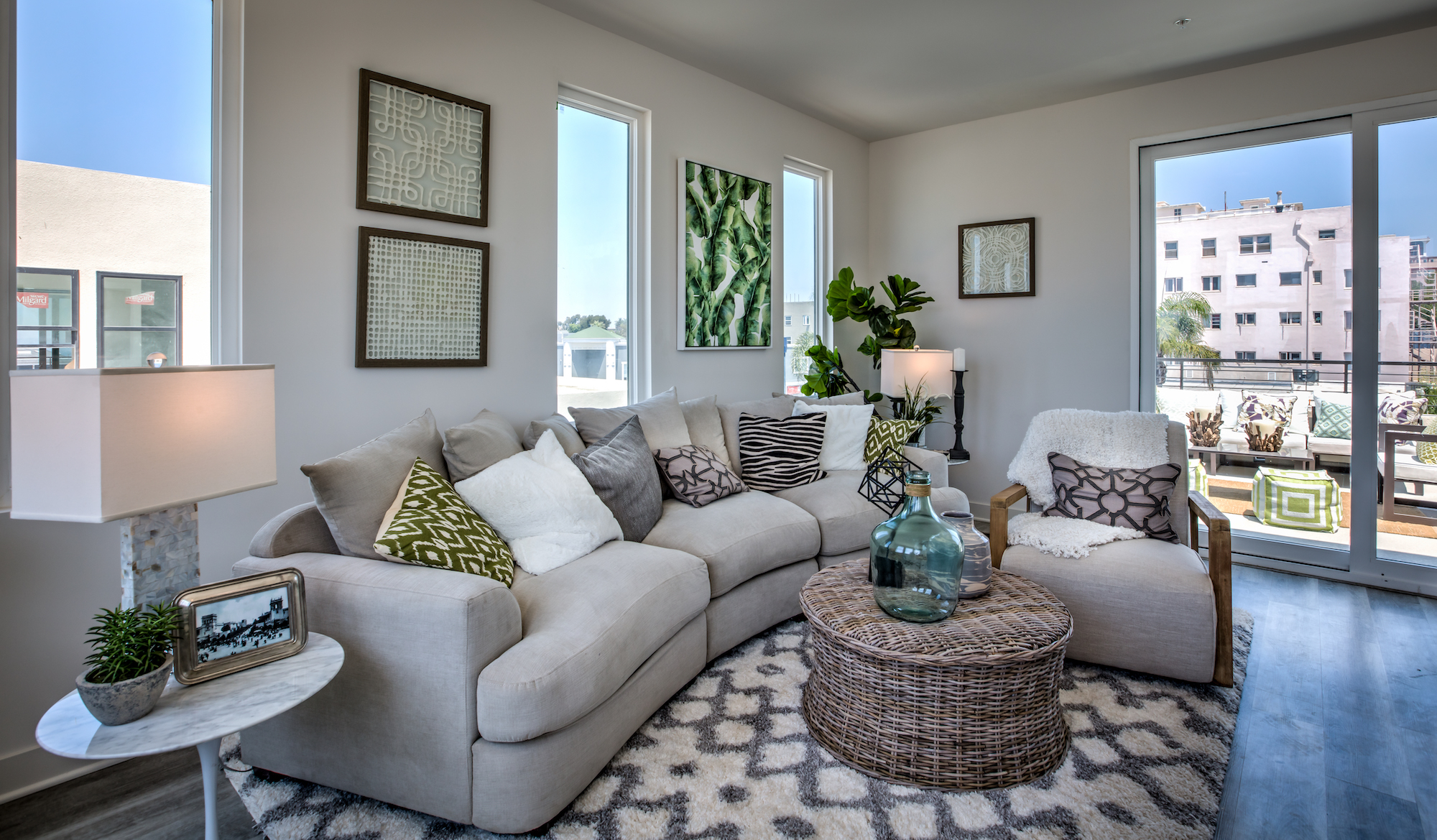

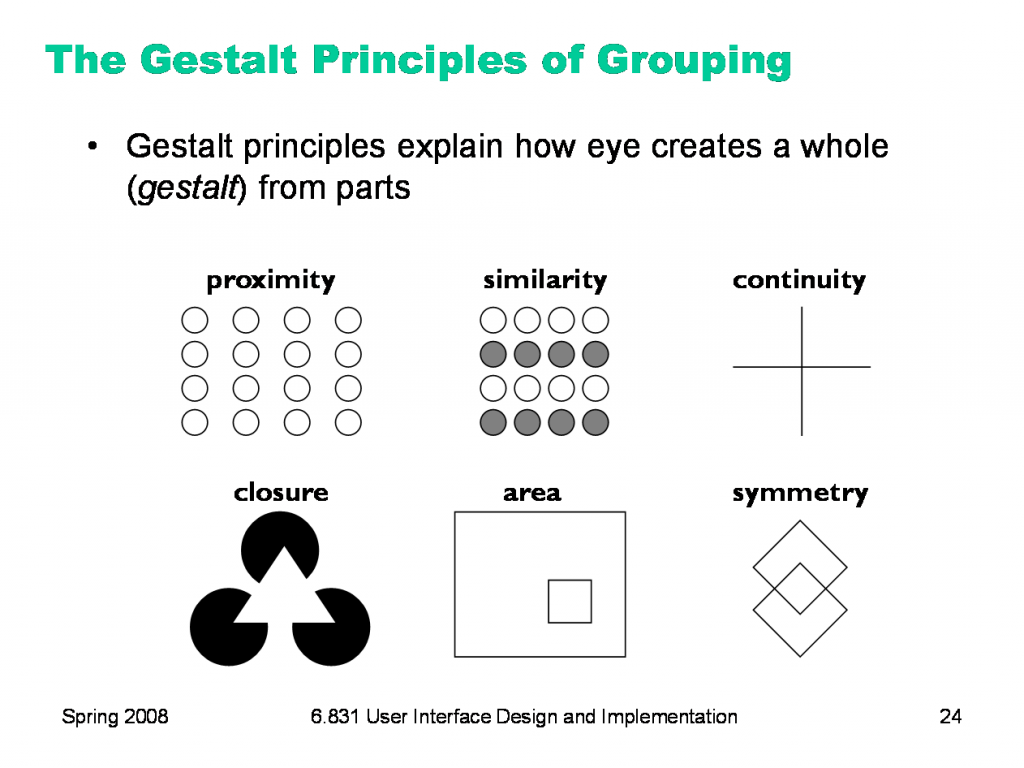





















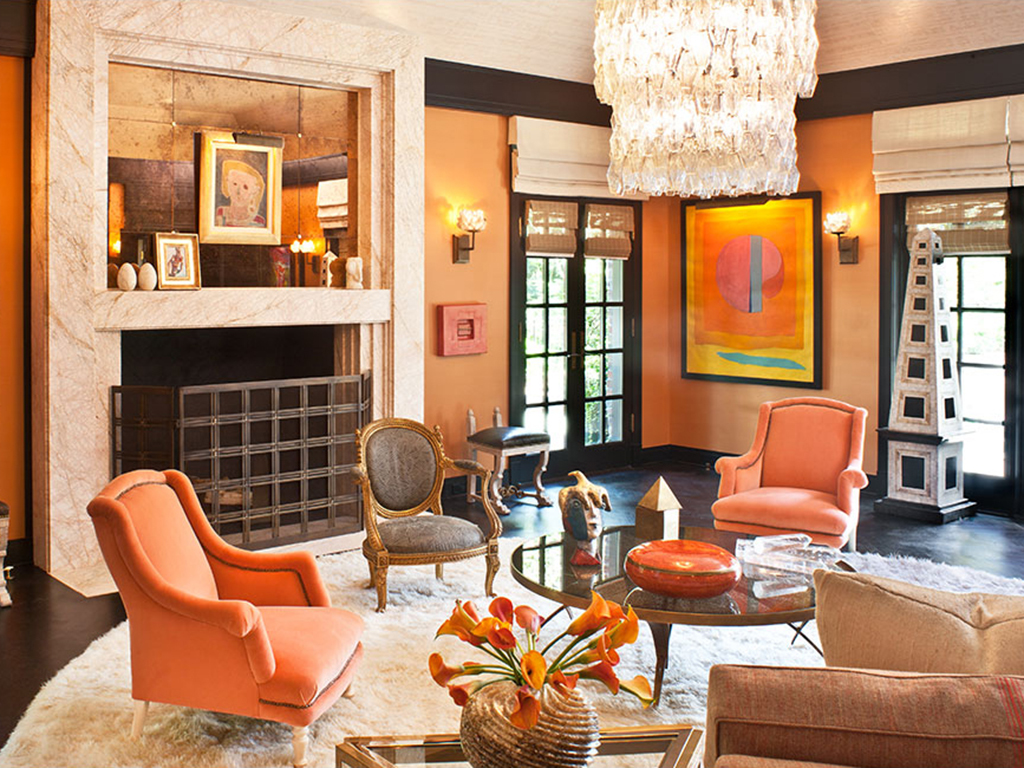


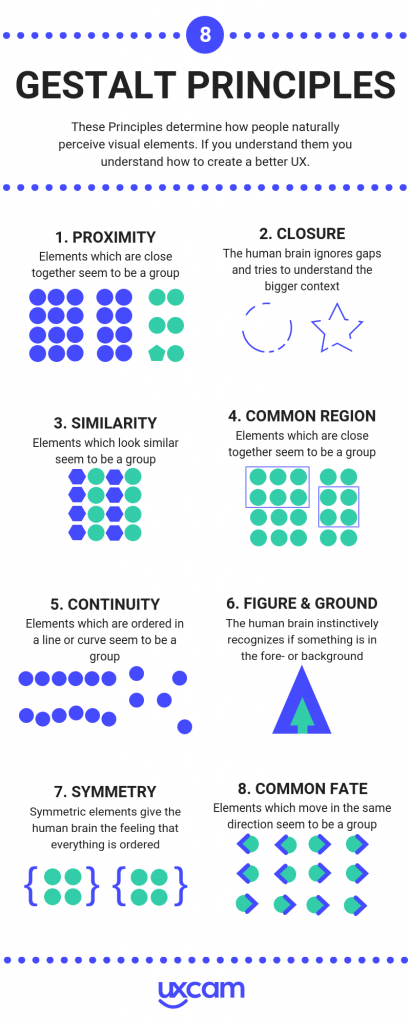






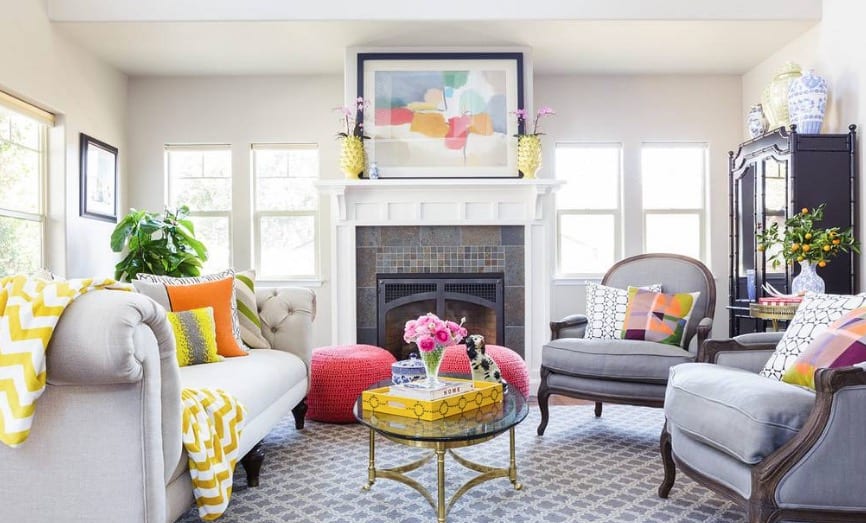






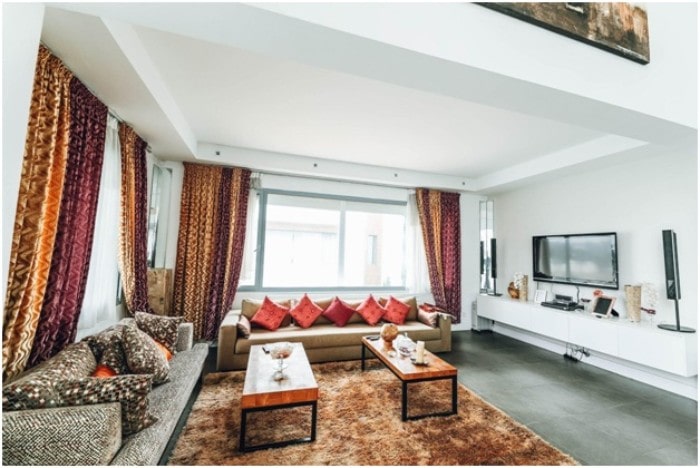
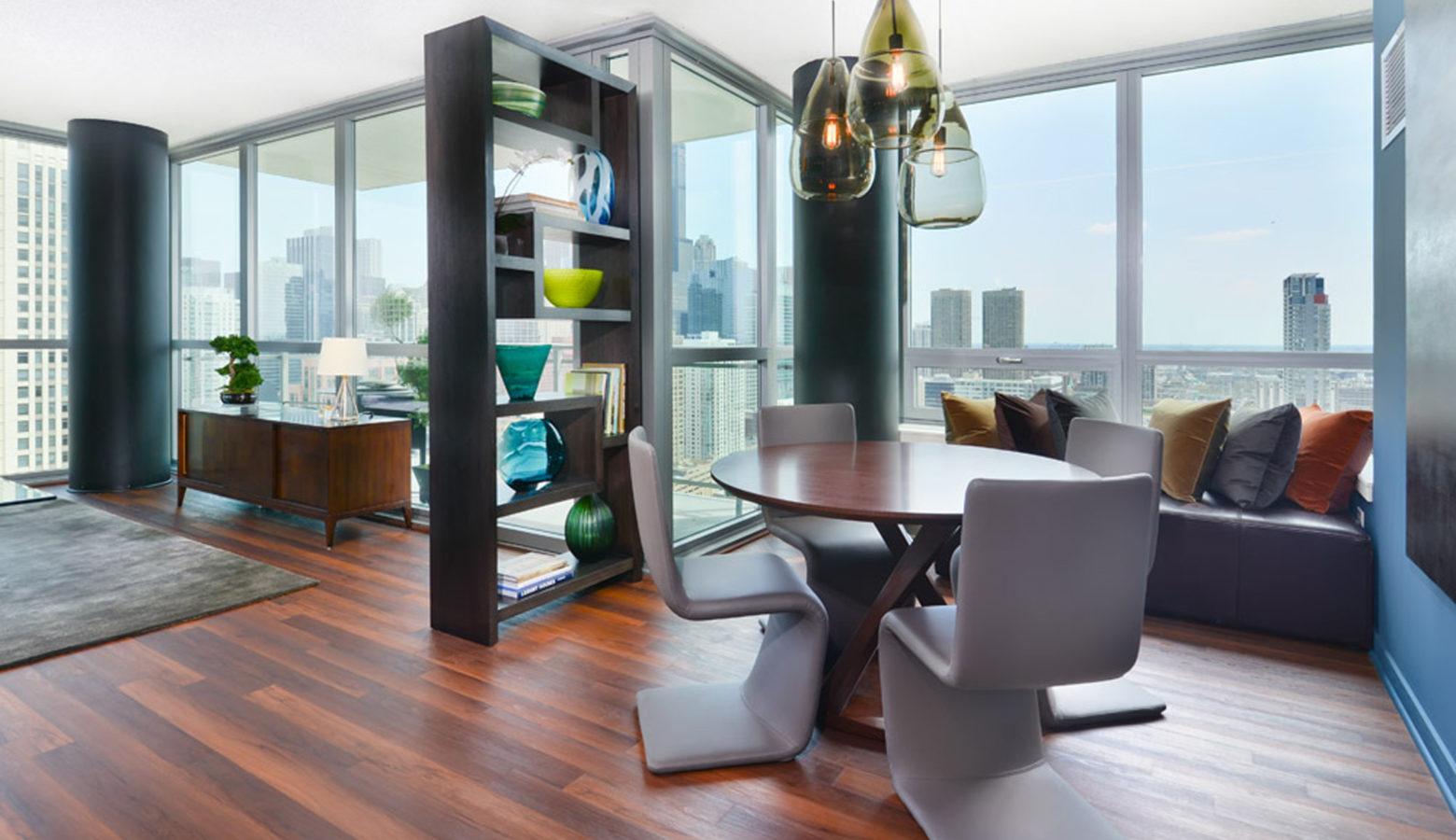



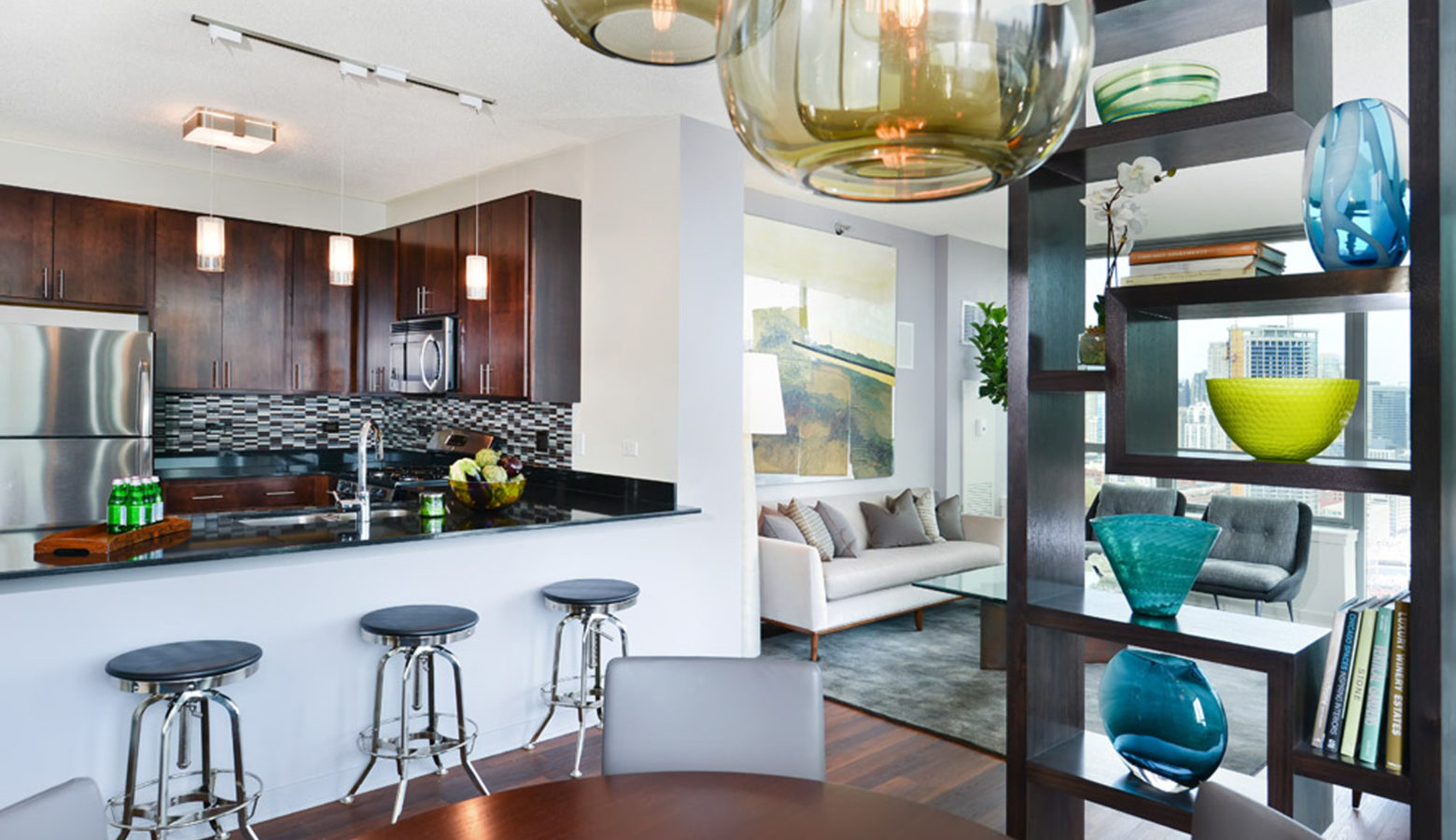





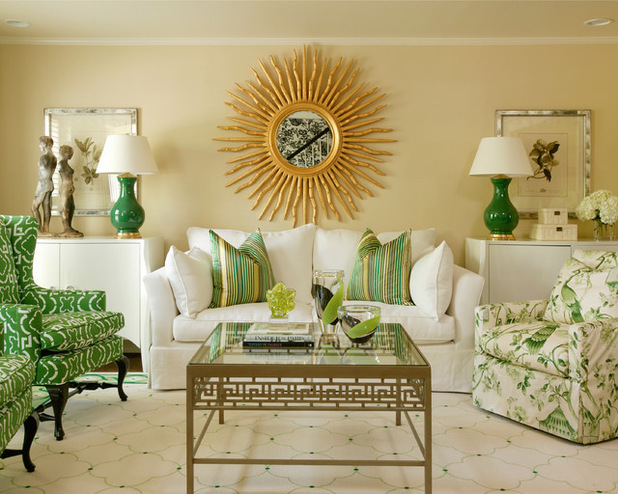




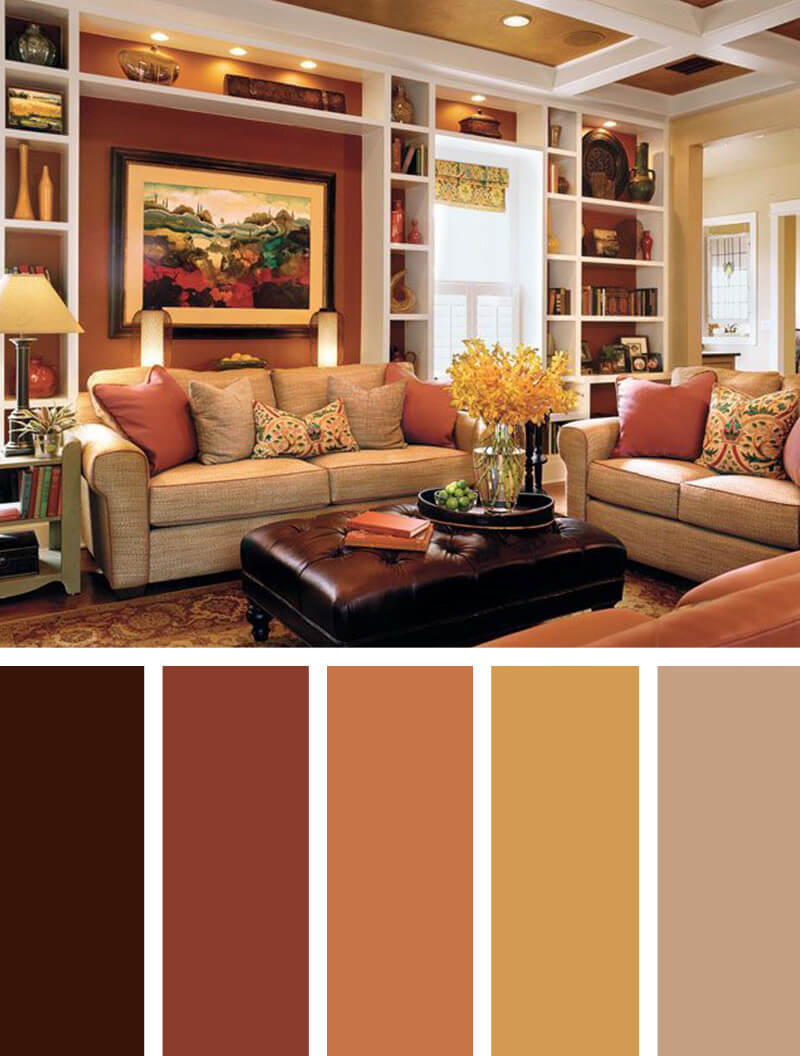

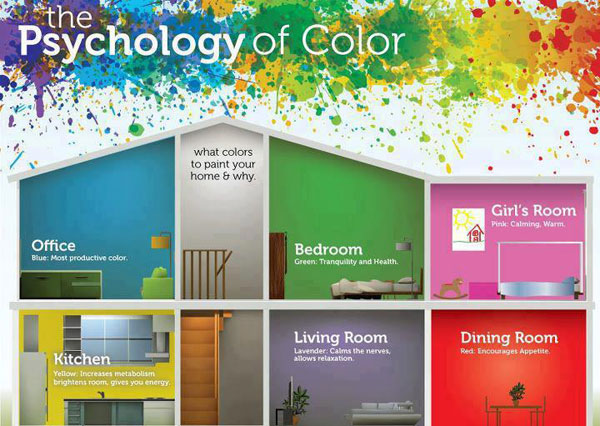

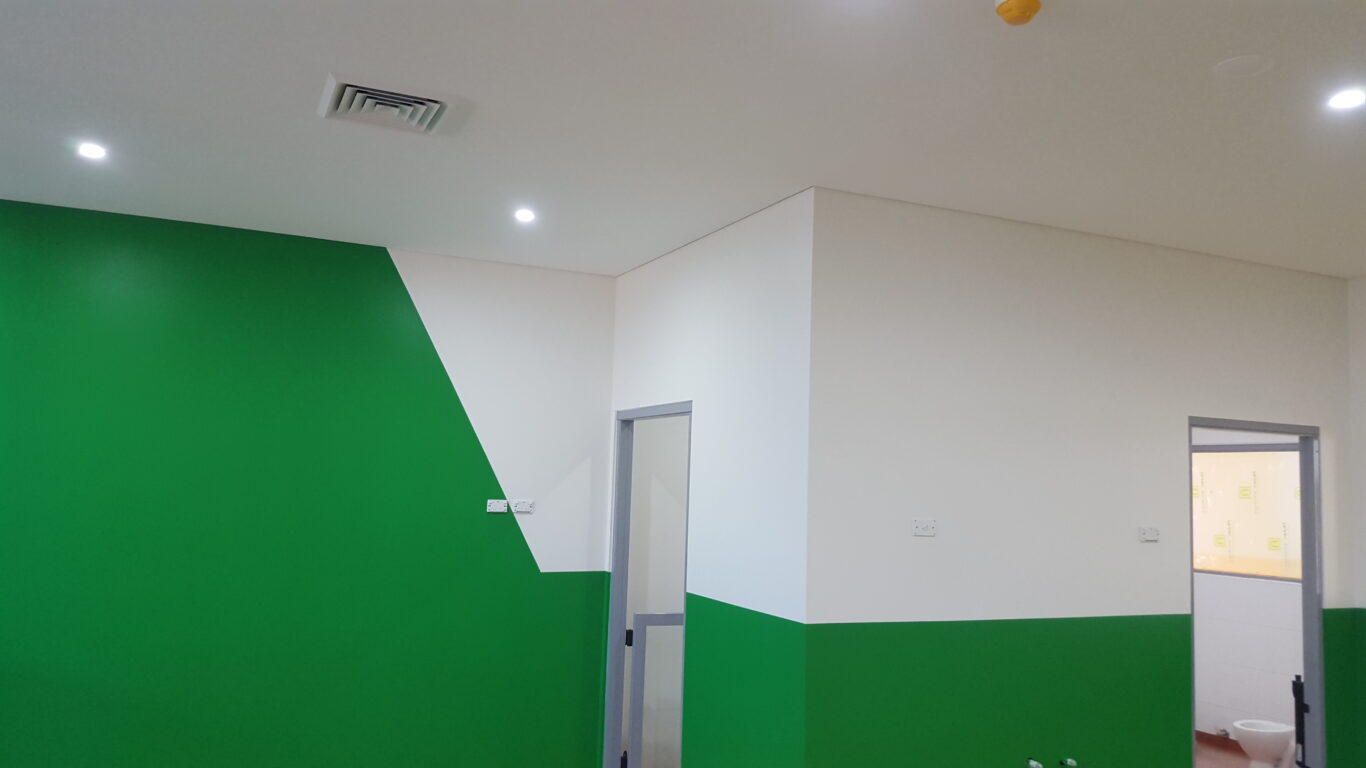










/twenty20_cc649399-40dc-4816-8620-37b365d88f70-5a01d3be22fa3a0037001998.jpg)
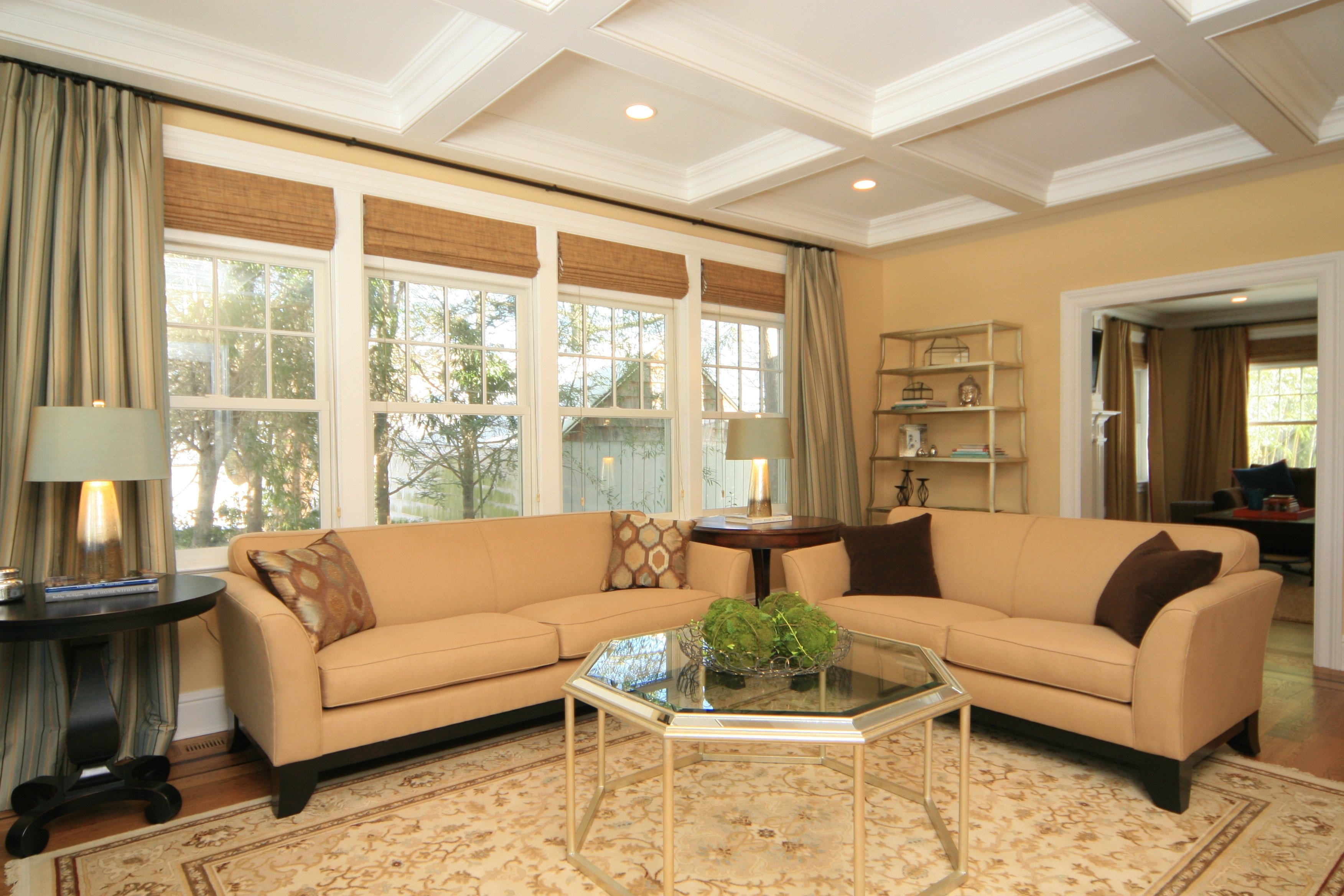
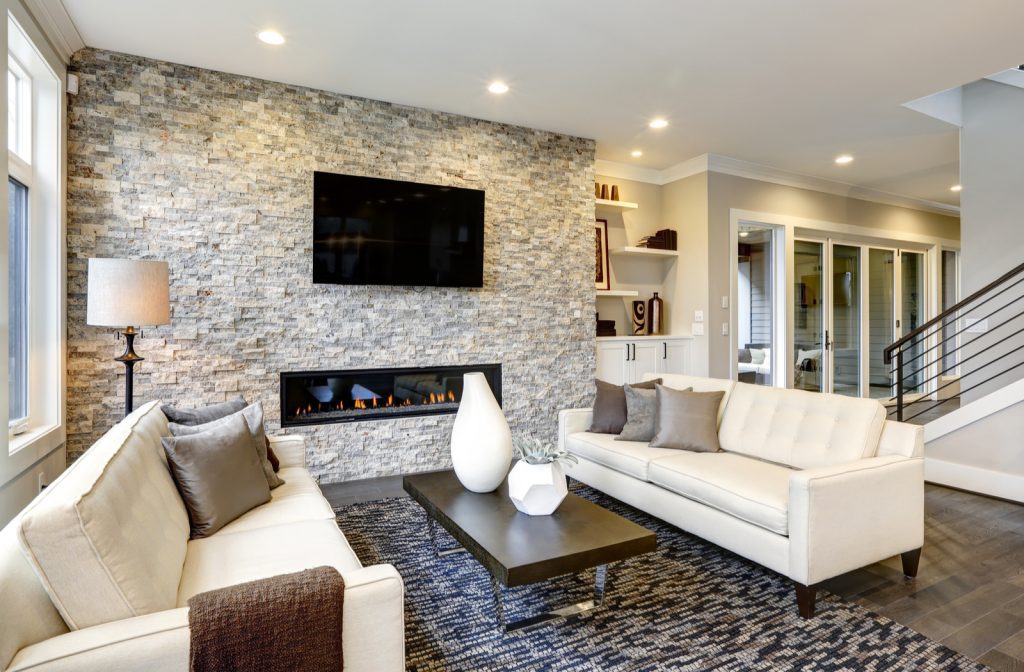




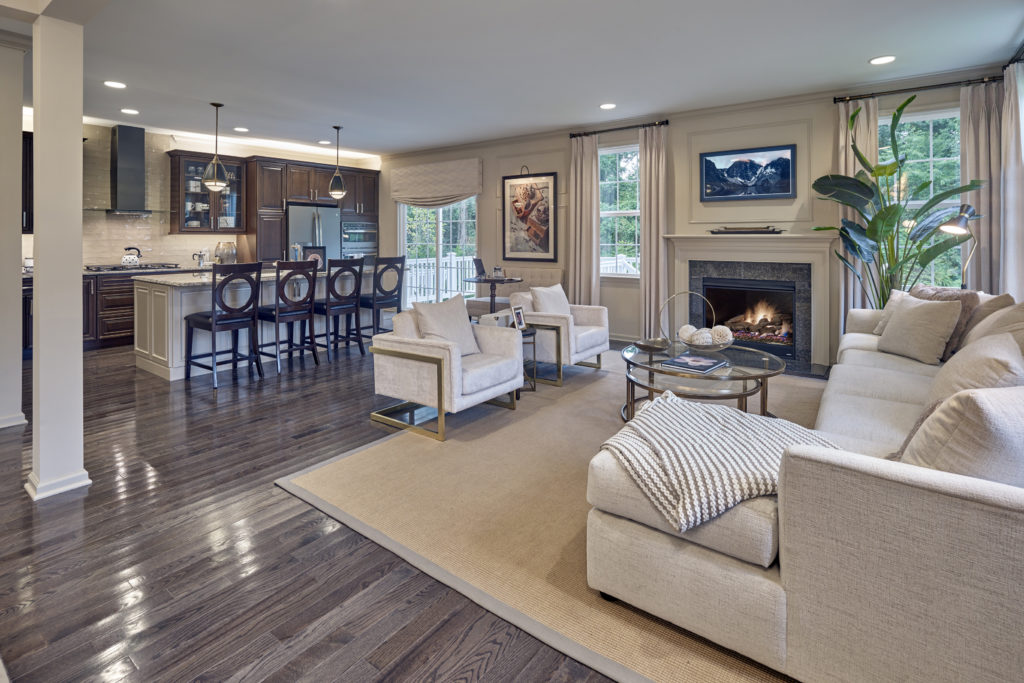



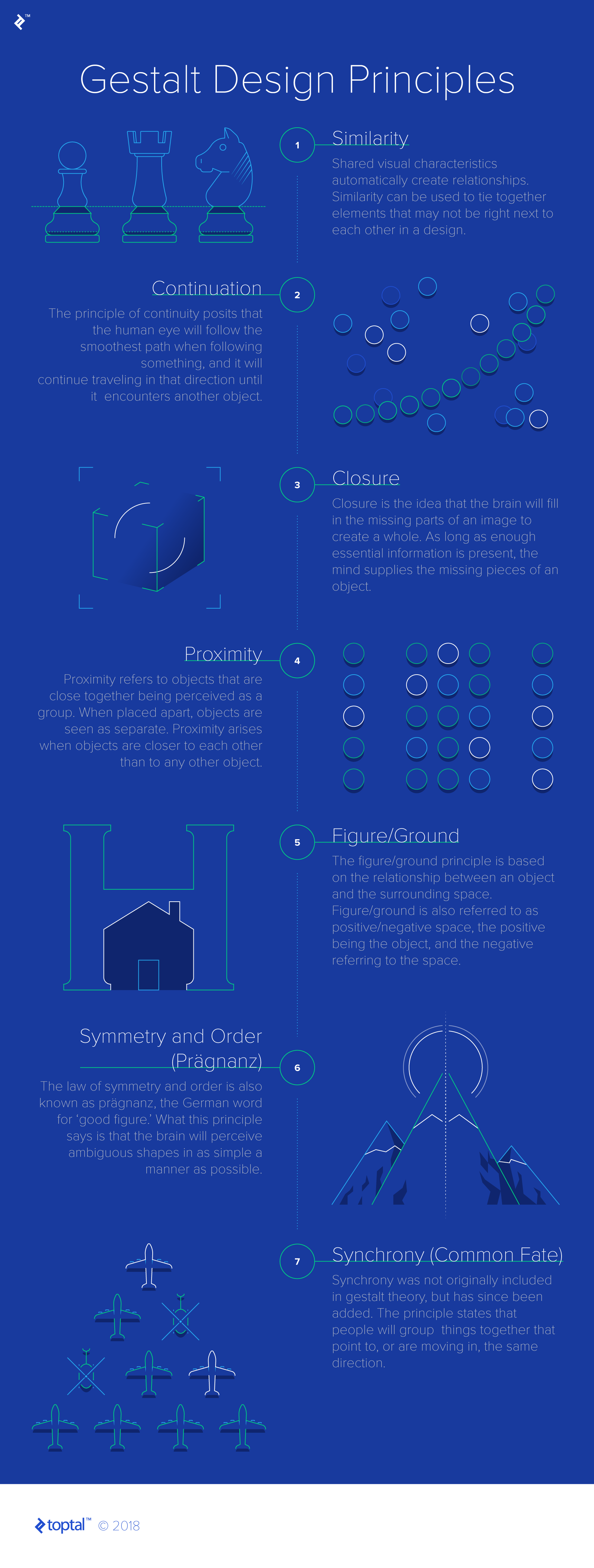




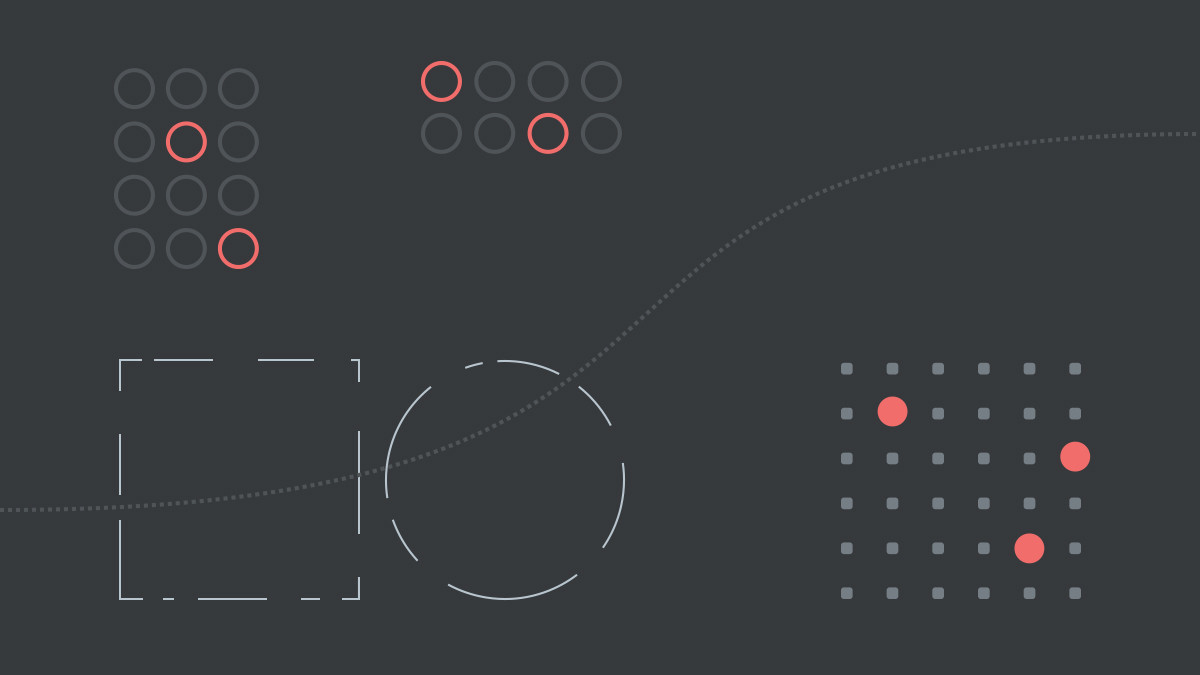
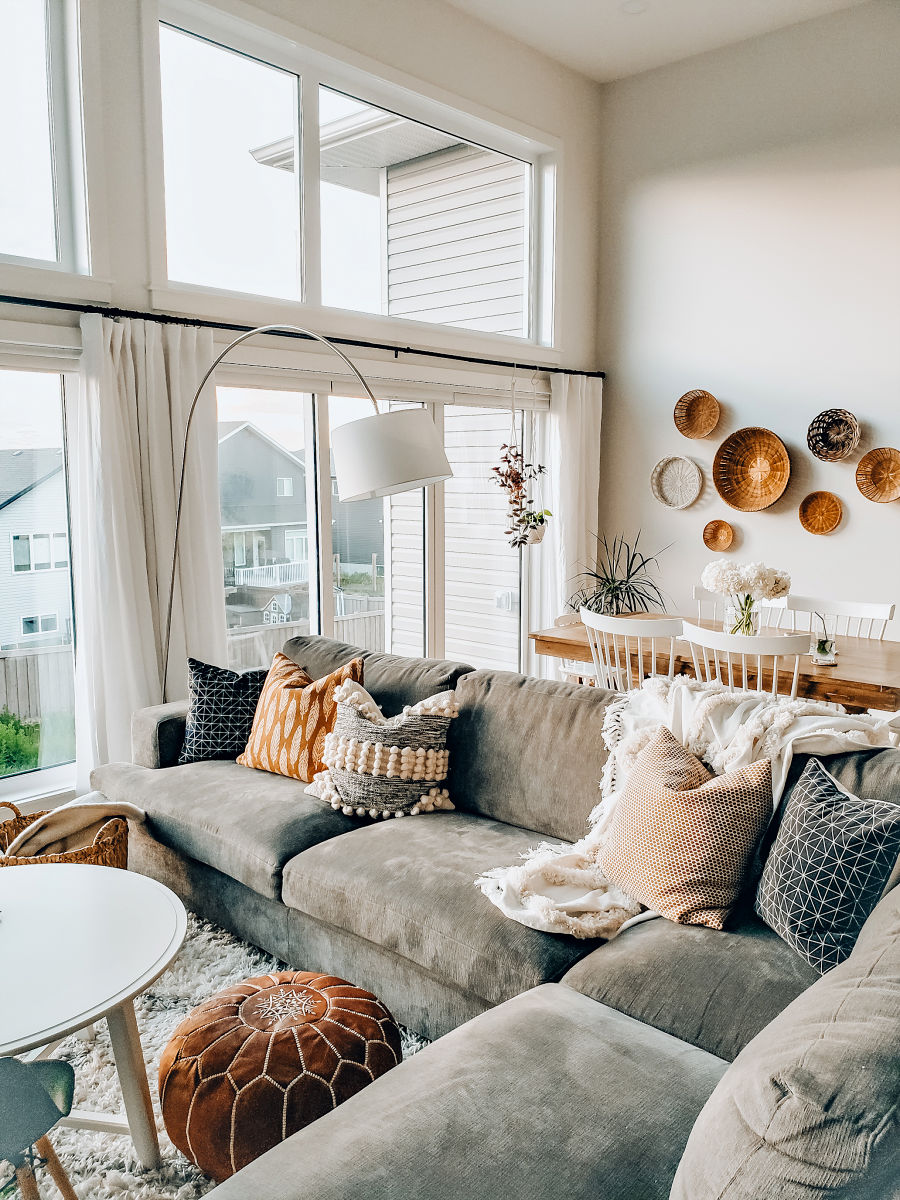

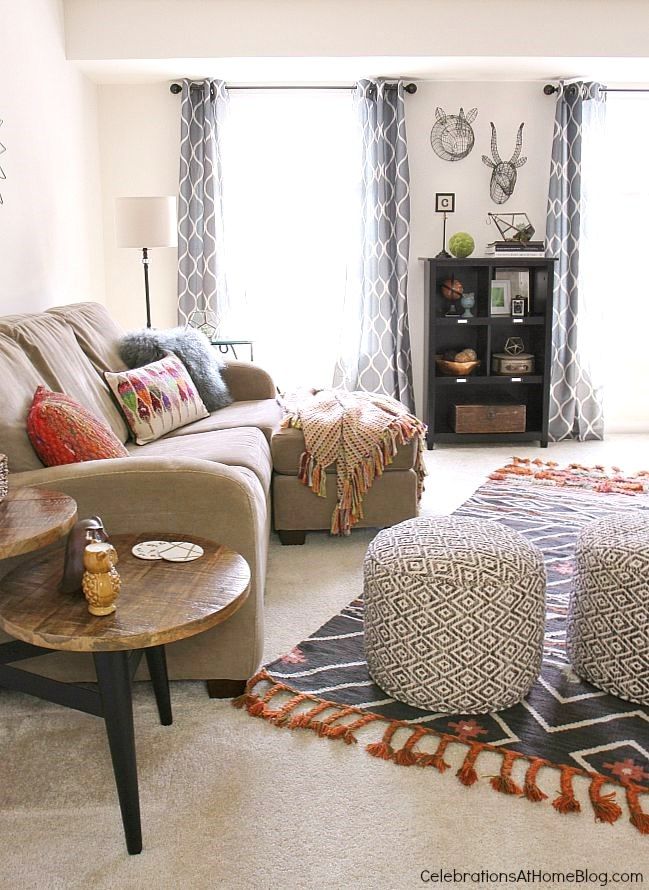
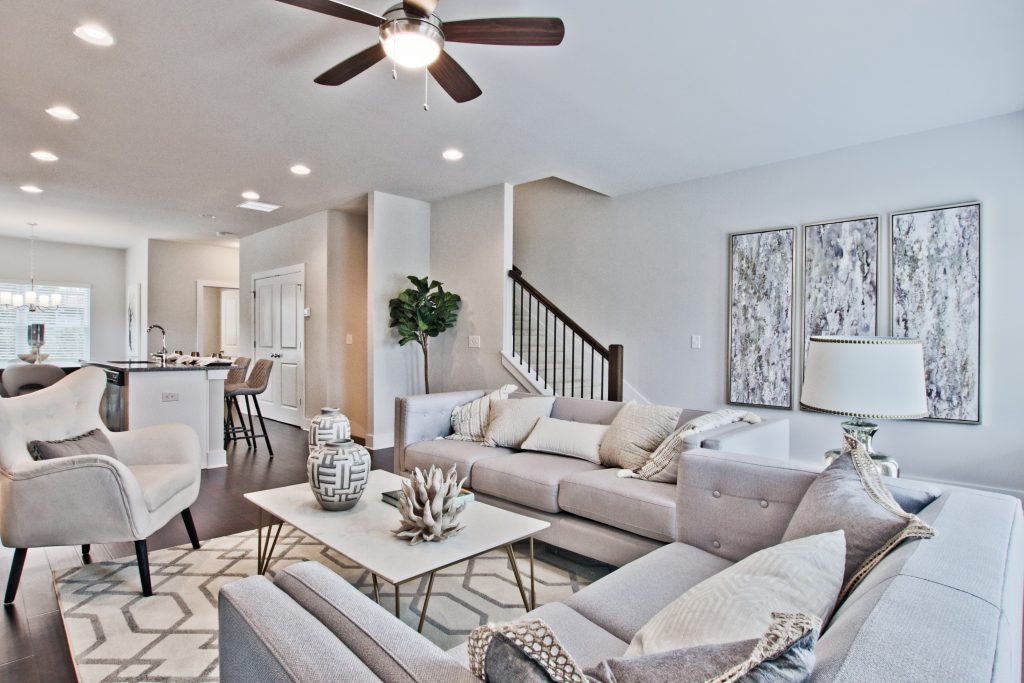

:max_bytes(150000):strip_icc()/orestudios_lonemadrone_05-0294eeaf854c4d8ebf34d13990996973.jpg)
